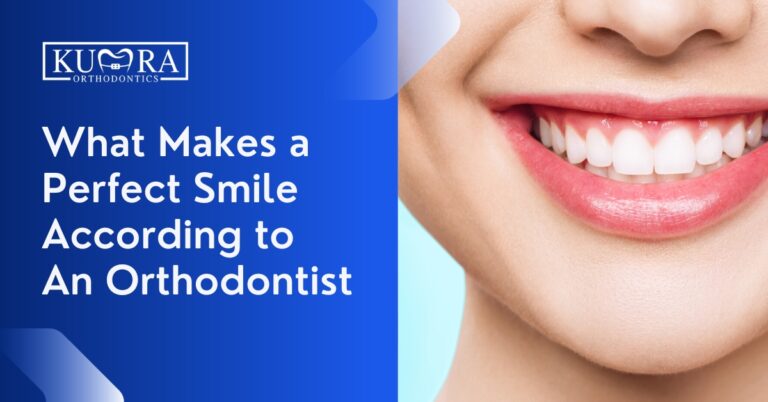Legacy Orthodontics Things To Know Before You Buy
Legacy Orthodontics Things To Know Before You Buy
Blog Article
How Legacy Orthodontics can Save You Time, Stress, and Money.
Table of ContentsLegacy Orthodontics Fundamentals ExplainedWhat Does Legacy Orthodontics Do?Legacy Orthodontics Can Be Fun For AnyoneLegacy Orthodontics - An OverviewThe Facts About Legacy Orthodontics Revealed
In enhancement, we supply flexible therapy timetables, versatile repayment options and a fun, enjoyable experience.An orthodontist is a dental practitioner trained to detect, protect against, and deal with teeth and jaw abnormalities. They deal with existing conditions and are trained to identify issues that might establish in the future. Orthodontists function with people of any ages, from kids to grownups. People typically link a perfect smile with healthiness.
Malocclusion, or misaligned teeth, can bring about dental concerns, including dental caries, gum disease, and tough or unpleasant eating. Not every person is born with straight teeth. If you have a negative bite or large spaces in between your teeth, you may wish to speak with a dentist concentrating on orthodontic treatment.
Top Guidelines Of Legacy Orthodontics
( Image Credit: DigitalVision/Getty Images) Orthodontists utilize repaired and removable dental gadgets, like dental braces, retainers, and bands, to alter the position of teeth in your mouth. Orthodontic therapy is for dental abnormalities, including: Misaligned teethBite issues, like an overbite or an underbiteCrowded teeth or teeth that are also far apartJaw misalignmentThe objective of orthodontic therapy is to boost your bite.
A healthy and balanced bite ensures you can consume, chew, and speak appropriately. While you could consider orthodontists as primarily for youngsters or young adults that require dental braces, they can deal with dental problems at any kind of age. Orthodontists participate in university, oral school, and orthodontic institution. After graduation, they spend 2 or 3 years in an orthodontic residency program.
All orthodontists are dental professionals, however not all dental practitioners are orthodontists. Orthodontic residency programs offer intensive, focused instruction for oral specialists. They focus on 2 locations: Just how to appropriately and safely move teeth How to appropriately guide advancement in the teeth, jaw, and faceOnce an orthodontist has completed training, they have the option to end up being board licensed.
The Only Guide to Legacy Orthodontics
Malocclusion leads to tooth congestion, a twisted jaw, or irregular bite patterns. Malocclusion is usually treated with: Your orthodontist affixes steel, ceramic, or plastic square bonds to your teeth.
Some individuals require a headgear to help relocate teeth right into line with stress from outside the mouth. A retainer is a custom-made tool that maintains your teeth in area.
They can create added area in the mouth without having to draw teeth. Orthodontists use cords, medical screws, or plates to sustain your jaw bone.
You may require to see an orthodontist if you have: Crowding or otherwise enough space for every one of your teethOverbite, when your upper teeth come over your base teethUnderbite, when your bottom teeth are also much forwardSpacing or issues with gapsCrossbite, which is when your upper teeth fit behind your bottom teeth when your mouth is closedOpen bite or an upright gap between your front bottom and upper teethMisplaced midline, when the center of your bottom and top teeth don't align Correcting a dental malocclusion can: Make biting, eating, and speaking easierImprove the symmetry of our face and your overall appearanceEase pain from temporomandibular joint disordersSeparate your teeth and make them easier to clean, assisting avoid tooth decay or cavities It's commonly a dental professional that first notices misaligned teeth throughout a routine test.
Examine This Report about Legacy Orthodontics

Throughout your very first orthodontic examination, you'll likely have: An oral examPhotos taken of your face and smileDental X-raysPanoramic (360 level) X-rays of your face and headImpressions to produce molds of your teethThese tests will certainly help your orthodontist know exactly how to continue with your therapy. leesburg invisalign. An orthodontist is a dental professional who's had training to treat your teeth and jaw
Orthodontists might do surgery, exams,X-rays,and more to help you achieve a much more comfy, much healthier smile. An orthodontist is concentrated on your bite, so something like a cracked tooth would certainly be dealt with by a dentist. Orthodontists are dental professionals however not all dentists are orthodontists. Orthodontists are concentrated on your bite, or the method your teeth meshed, and the straightness of your teeth.
Ever questioned just how celebs constantly seem to have perfectly aligned teeth? The solution often exists in the competent hands of an orthodontist. But what precisely does an orthodontist do? Orthodontists are dental specialists who concentrate on correcting irregularities in the teeth and jaws. Their know-how goes beyond read simply creating a lovely smile; it extends to boosting your general oral health and wellness and feature.
The Only Guide to Legacy Orthodontics

While dental braces are the most generally recognized orthodontic therapy, orthodontists have a varied toolkit at their disposal. The particular method picked relies on the intensity of the instance, the individual's age, and individual choices. These tried-and-true braces make use of a system of brackets adhered to the teeth and attached by cords.
Clear aligners, like Invisalign, are a popular alternative for individuals looking for a much more very discreet treatment option. These removable trays are custom-made to gradually change the teeth's position. Headwear might be used combined with dental braces or aligners to use extra targeted forces, especially for fixing jaw disparities. In cases of narrow jaws, palatal expanders can be made use of to create space for appropriate tooth placement.
Report this page